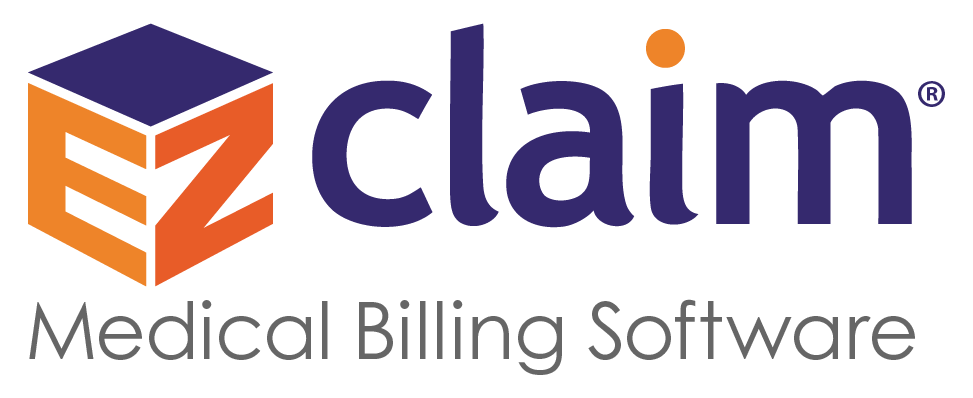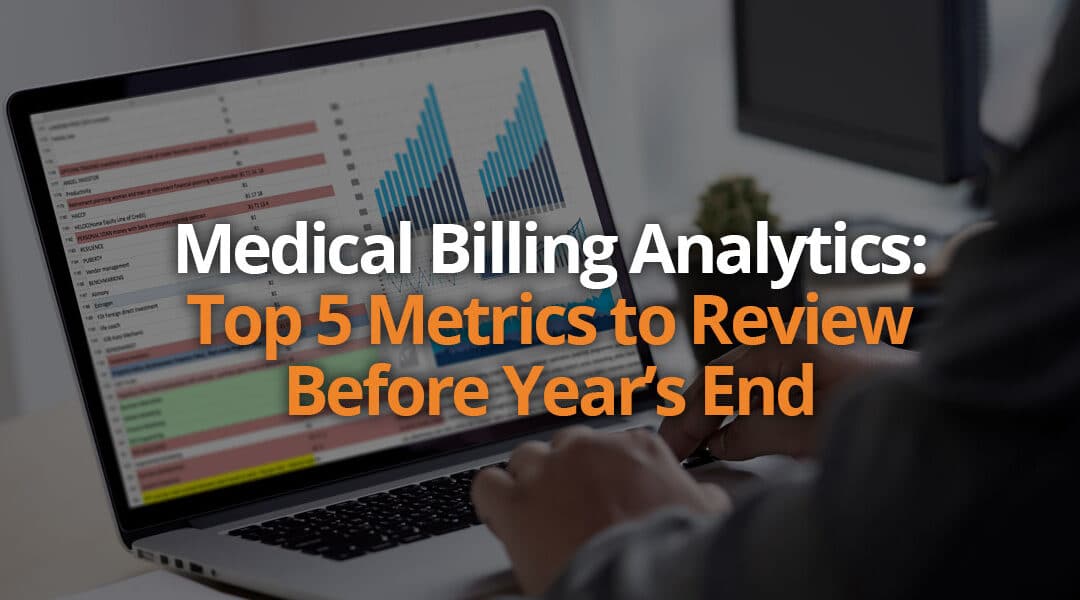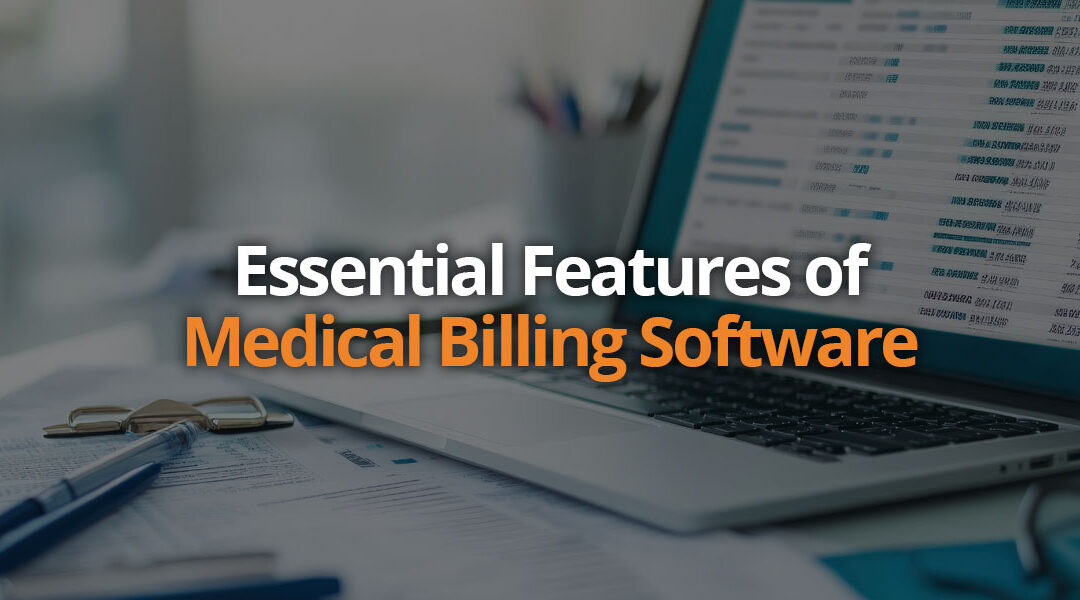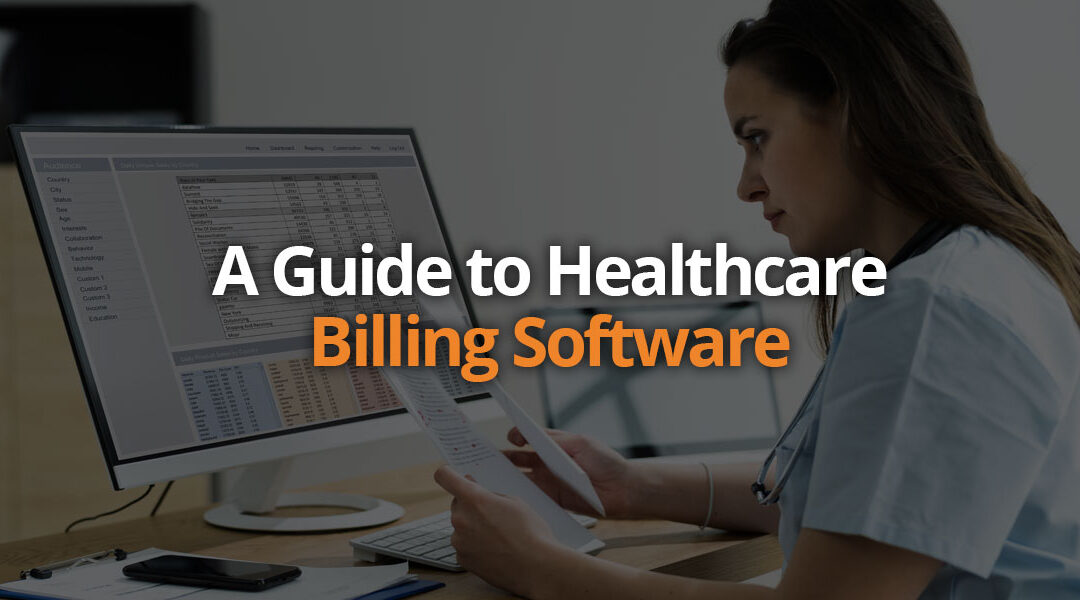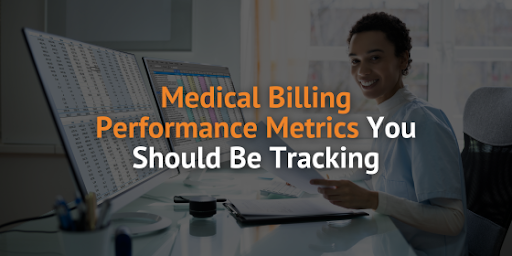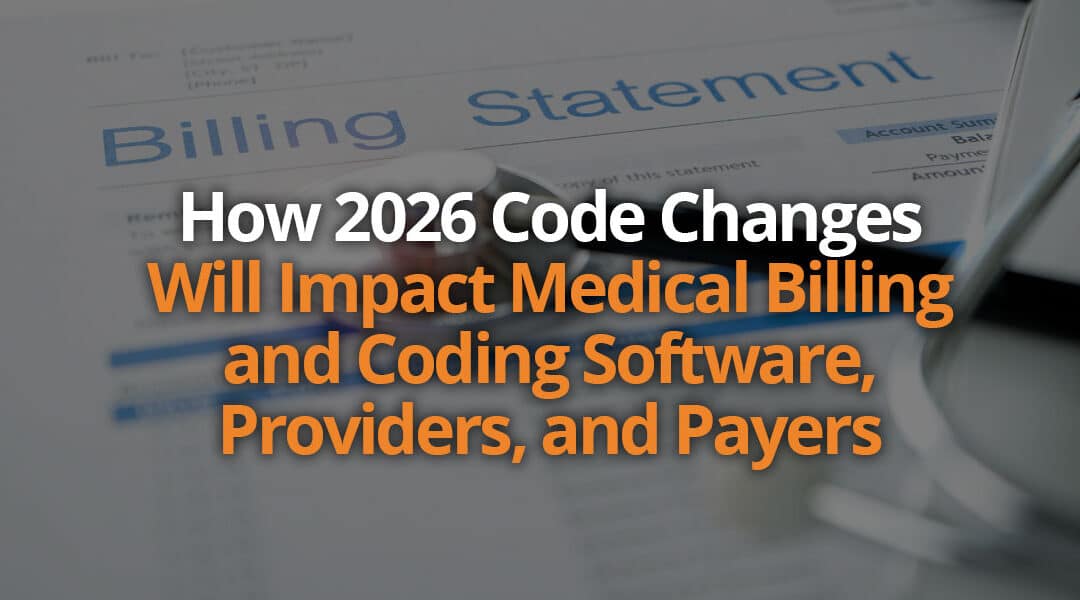
How 2026 Code Changes Will Impact Medical Billing and Coding Software, Providers, and Payers
Most practices are already operating at capacity. Staff are juggling billing workflows, payer demands, and day-to-day patient care. Adding hundreds of coding changes on top of that can feel overwhelming.
That’s where preparation and the right tools make the difference. With EZClaim’s medical billing and coding software, you can stay ahead of updates, keep your workflows running smoothly, and avoid the costly denials that come with falling behind.
What’s Changing in the 2026 CPT and ICD Codes?
Every year, CPT and ICD codes are revised to keep pace with how healthcare is practiced. New procedures, expanded definitions of existing conditions, and changes in payer requirements all feed into this process. For 2026, you should expect more change than in most years.
The changes will not be small tweaks. They will involve:
- New codes introduced: Your billers will need to learn and apply new terminology in their daily workflows.
- Revisions to existing codes: Familiar codes may no longer mean the same thing, requiring updates to documentation templates and claim edits.
- Retired codes removed: Outdated codes will no longer be accepted, creating denial risks if they’re still in your system.
- Stricter documentation requirements: Payers will expect greater detail to support the codes you select.
The challenge isn’t just “knowing the changes”. It’s making sure your processes, training, and tools adapt in time to keep your claims accurate.
How Will the 2026 Code Changes Affect Providers?
As a provider, the bulk of the responsibility starts with you because your documentation drives the entire billing process. Without complete and accurate notes, claims can’t be approved. In 2026, you’ll face:
- Greater detail in documentation. Notes that once sufficed with a diagnosis and a procedure code will now need supporting detail. For example, severity, laterality, comorbidities, or social context may all come into play.
- More time pressure. You’re already balancing patient care, charting, and administrative demands. Adding in extra documentation requirements increases your workload unless your systems make it easy to capture the details upfront.
- Stronger collaboration with billers. Billing teams will rely on you to provide the details that payers expect. If those details aren’t in your notes, claims will be denied, resubmitted, and delayed. This creates frustration for everyone, especially patients waiting for accurate statements.
What can you do now?
- Update your EHR templates to prompt you for the details payers will expect. Small adjustments in your EHR go a long way. Adding prompts for laterality, severity, and comorbidities ensures you don’t overlook information payers will demand in 2026. These built-in reminders help you document thoroughly without slowing you down.
- Train your team of providers on the most common gaps that cause denials. Focus training on the most common documentation gaps that lead to denials, like missing modifiers, unspecified diagnoses, or incomplete severity details. Short, role-specific sessions are usually more effective than long workshops, giving your team practical steps they can apply right away.
- Work with your billing staff to review denial patterns so you know where documentation needs to improve. Billers see where denials happen most often, and their insights are valuable. By setting up regular check-ins between billers and providers, you can identify patterns like “claims denied for lack of specificity in diabetes documentation” or “denials related to missing detail on post-op care.” This helps you target your documentation improvements where they’ll have the biggest impact.
What Do the 2026 Code Changes Mean for Payers?
Payers will also need to adapt. As new and revised codes are rolled out, insurers must update their own review systems and claim acceptance rules. For your practice, this will create new challenges in dealing with denials and payment timelines.
You can expect:
- More thorough claim reviews. Payers will look more closely for complete documentation and accurate coding before approving claims.
- Increased denial rates. Claims that use outdated or incomplete codes will be rejected more quickly, slowing your revenue cycle.
- Longer AR timelines. Even when claims are corrected, each back-and-forth with payers adds time before you see payment.
- Strained payer-provider relationships. Frequent errors and resubmissions may create friction, making it harder to resolve issues smoothly.
How to stay ahead: For your practice, the best approach is to focus on clean claims from the start. Submitting accurate, well-documented claims reduces denial risk, accelerates reimbursement, and maintains strong relationships with insurers.
Overall, the key is to stay proactive. Keep your billing system updated so retired codes can’t slip through, use reporting tools to track denial trends by payer and resolve recurring issues quickly, and train your staff to recognize payer-specific requirements that may tighten in 2026.
How Medical Billing and Coding Software Simplifies Compliance
The 2026 code changes will introduce more documentation requirements, tighter payer rules, and higher expectations for accuracy. Trying to manage all of that manually, with spreadsheets, paper notes, or outdated systems, puts your practice at risk of denials, compliance issues, and revenue delays. That’s where medical billing and coding software becomes essential.
- Automated Code Updates Each year, hundreds of new codes are added while others are revised or retired. With automated updates, your team doesn’t have to track these changes manually. As soon as codes go into effect, they’re reflected in your billing system, so your staff always works with the most current data. Retired codes are removed, preventing accidental use that could trigger denials.
- Real-Time Error Prevention Even experienced billers make mistakes under pressure. A missing modifier, outdated code, or incomplete documentation can derail a claim. Medical billing and coding software catches these issues before submission through claim scrubbing, payer-specific edits, and built-in prompts. This reduces rework, saves time, and improves your first-pass acceptance rate.
- Better Reporting and Visibility Coding changes often create new denial trends that can be hard to spot without data. With customizable reporting, you can track how the 2026 updates affect your practice by payer, provider, or claim type. Real-time dashboards help you quickly identify problem areas, adjust workflows, and keep your revenue cycle running smoothly.
- Flexibility Across Practice Types Every practice operates differently. A solo provider’s needs aren’t the same as a surgical specialty clinic or a billing company that serves multiple organizations. Medical billing and coding software adapts to your workflow, allowing you to configure templates, rules, and reports that fit your unique environment. It also scales with you, so the system grows as your business does.
- Improved Team Alignment Providers, billers, and administrators all play a role in coding accuracy. Software ensures that everyone is working from the same, up-to-date set of rules. Built-in documentation prompts guide providers, while billers benefit from automated claim validation and managers gain visibility into performance through reporting.
By putting EZClaim’s medical billing and coding software in place, you give your team a system that removes the guesswork from compliance, catches issues before they cost you money, and keeps your practice efficient even as the rules evolve.
Stay Up-To-Date with EZClaim
The 2026 code changes will test every part of your revenue cycle. If your systems and staff aren’t ready, you’ll see the impact quickly: more denials, slower reimbursements, and frustrated teams. The cost of waiting is too high. EZClaim’s medical billing and coding software keeps you ahead. Automatic code updates eliminate guesswork. Real-time error checks stop denials before they happen. Customizable reporting gives you the visibility to spot trends and fix problems before they affect cash flow.
With EZClaim, your team works smarter, and your revenue stays protected.
Frequently Asked Questions
Why do CPT and ICD codes change every year?
They’re updated annually to reflect new treatments, medical standards, and public health needs. These updates ensure billing stays accurate and aligned with modern care.
What happens if my practice doesn’t update coding processes for 2026?
You’ll face more denials, delayed payments, and compliance risks. Outdated processes don’t just slow revenue; they put financial stability at risk.
How does medical billing and coding software simplify compliance?
It automates code updates, removes retired codes, and scrubs claims in real time. With EZClaim’s medical billing and coding software, you submit cleaner claims and protect your revenue cycle.
